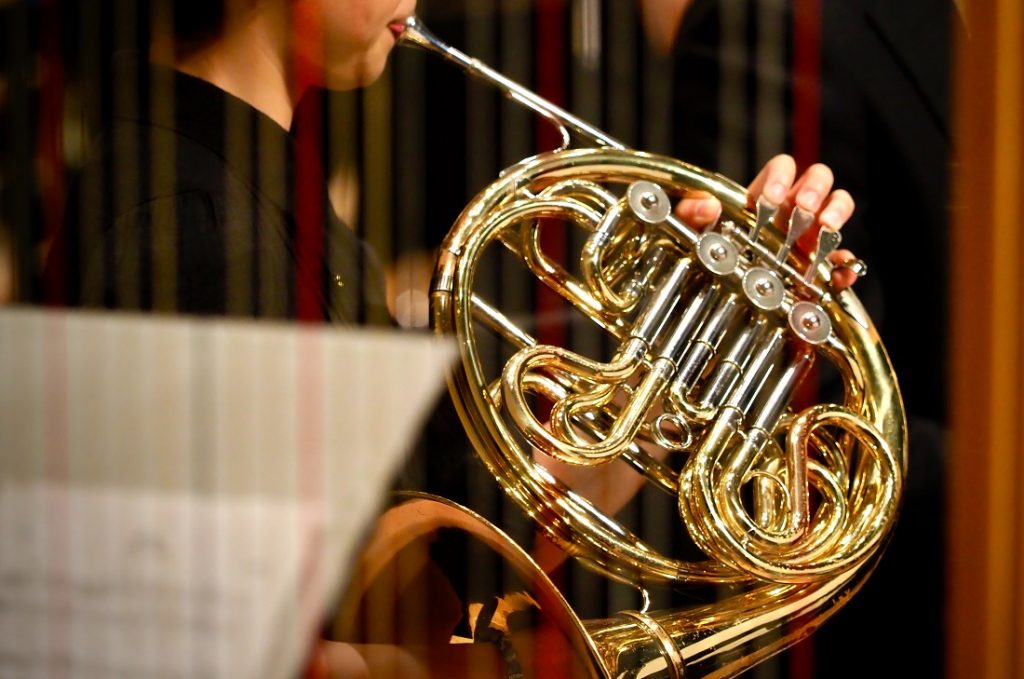5 Things You Didn’t Know About the Flute
From ancient times to the present, the flute has been found in just about every culture in the world. Here are five reasons why the flute is so popular.
The flute is one of the most common instruments in the world, and it has been found in nearly every culture in existence. The flute has made quite a name for itself since ancient times. But did you know these five flute facts?
1. The First Flute Was Probably Made by Neanderthals
The oldest flute historians have found dates back to approximately 60,000 years ago. The ancient flute I’m referring to was found by archaeologists in Slovenia. Name after the cave in which it was found, the Divje Babe flute was discovered in 1995 and is the only Neanderthal flute to be uncovered so far. It is currently housed in the National Museum of Slovenia.
This find was monumental to historians because it proved that Neanderthals created music. Not only is it the oldest flute, it is also the oldest instrument in the world.

Other very old flutes include the Hohle Fels flute (from over 30,000 years ago) and the Geißenklösterle cave flutes (over 40,000 years ago). But the Divje Babe flute still takes the cake for being the oldest as the carbon dating estimates it to be an astonishing 60,000 years old.
2. Flutes Were Made of Surprising Materials
You might be shocked about the variety of materials used to make flutes. The Divje Babe flute was made from the femur of a cave bear. Other animal bones used to make flutes include swans and woolly mammoths! The Hohle Fels flute (also called the Aurignacian flute) was carved from a griffon vulture.
Some ancient flutes that are still played today have interesting materials and accessories. The Chinese dizi, for example, requires a thin paper membrane that is attached to the instrument with the juice of a garlic clove. The result is a one-of-a-kind woodwind with a unique buzzing timbre.
3. It has Versatile Historical Uses
Flutes have been used for:
- Spiritual purposes
- War
- Artistic performances
- Celebrations
- To profess love

I once played the solo to a German piece where the flute represented death, which I thought was pretty unique, but using the flute to represent death has been done since ancient times. The Aztec death whistle might be the spookiest of all of the flutes used for spiritual reasons. This orb-shaped ocarina-like flute creates a haunting screaming/whistling sound. It was traditionally used to aid the sacrificed dead in their travel to the afterlife.
By the time the fife was created around the 1300s, flutes were often used for war. During the Crusades, transverse flutes were commonly used in the military. But flutes were used for artistic expression, too. In Indonesia, an end-blown flute called the suling was used alongside a bronze percussion ensemble (collectively called gamelan) in order to accompany shadow-puppetry (Wayang kulit).
In some Native American tribes, flutes were traditionally played by young men to confess their love for a woman. According to the Smithsonian, Native American flutes were common in Southwestern tribes and were most often made of red cedar. In India, flutes are associated with Krishna, the god of love. If you think about it, using the flute as a romantic instrument at weddings is in some ways, historically accurate!
4. The Instrument Can Create a Near-Perfect Sine Wave

Waveforms are the basis of all sound, and there are four main types: sine, square, triangle and sawtooth. A sawtooth wave gives the violin that buzzy undertone. The triangle wave gives flute-like woodwinds their crystalline clarity in the lower register. A square wave gives a clarinet its richness, and a sine wave is what makes pure sounds with fewer partials.
You can hear them all isolated on the Perfect Circuit website. Interestingly enough, when a Western flute is played in its upper register, it creates a waveform that is close to that of a pure sine wave.
5. They’re Woven into Mythology
There are books that focus on the mythical stories of the flute. It seems that the instrument has been associated with many cultures’ gods. As mentioned earlier, the Indian god of love and compassion, Krishna, was associated with flute, which also represents nature, and all that is divine.
The Greeks had multiple flute myths. The flute was created by Athena, the goddess of war, wisdom and reason. A nymph named Syrinx was transformed into a flute after she drowned, and she was then played by the god Pan.
There are many variations of the creation of the flute woven into Native American lore. For example, the Comanche believe that the flute was created to help a man express his sorrows (according to Flutopedia), and the Sioux tell a tale of how a man played the flageolet (a small end-blown 5-holed flute) in order to find a woman to marry.

But the significance of the flute in the context of mythology is not lost to time. For example, the Debussy piece “Syrinx,” which references the pursuit of the Greek nymph by Pan, is still one of the most popular musical works for solo flute today. Similarly, Mouquet’s “Pan et Les Berges” (Pan and his shepherds) is another piece flutists play around the world.
It seems that the flute is constantly associated with myths. This, by extension, has led composers such as Reineke to base one of his most well-known pieces, “Undine,” on the idea of a Greek water nymph.
References
- Flutopedia, “Narratives of the Native American Flute”
- Perfect Circle, “Sine, Square, Triangle, Saw: The Difference Between Waveforms and Why It Matters”
- Smithsonian, “The Courting Flute in Native American Tradition”















